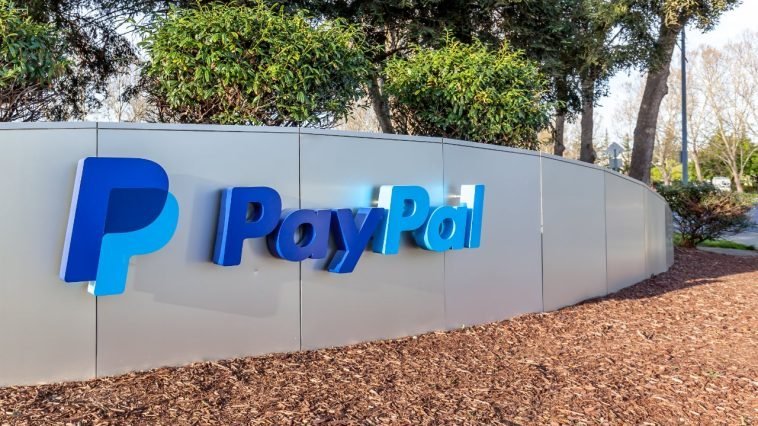Introduction.
For anyone who freelances, manages a small business, or just loves the convenience of online payments, PayPal and Payoneer are household names. These platforms make getting paid and sending money across borders easier than ever.
But sometimes, you might need to move funds from PayPal to Payoneer—maybe Payoneer has better withdrawal options in your country, or you want to benefit from Payoneer’s lower fees for currency conversion.
The only catch? Transferring directly from PayPal to Payoneer isn’t exactly straightforward.
In this post, I’m going to walk you through how to transfer money from PayPal to Payoneer, covering all the steps and options available.
Let’s jump in.
Why Would I Want to Transfer Money From PayPal to Payoneer?
There are several reasons why you might prefer using Payoneer for certain transactions:
- Lower Fees: Payoneer often has lower currency conversion fees, making it more economical for those who need to withdraw money in currencies other than USD.
- Convenient Withdrawal Options: Payoneer offers a prepaid MasterCard, which allows you to withdraw funds from ATMs worldwide.
- Better Exchange Rates: Payoneer is often praised for providing better exchange rates compared to PayPal, so you can get more value out of your transfers.
- Regional Limitations: In some countries, PayPal’s withdrawal options are limited, making Payoneer a better alternative.
Whether it’s for saving on fees, accessing funds more conveniently, or just getting a better deal on exchange rates, transferring money from PayPal to Payoneer can make sense for a lot of users.
How Do I Transfer Money from PayPal to Payoneer?
While there’s no direct link between PayPal and Payoneer, it’s still possible to transfer funds from one to the other. Here’s how to do it:
1. Link Your Payoneer Bank Account to PayPal
- Payoneer provides each user with a virtual bank account (Global Payment Service). This allows you to receive payments in various currencies.
- Log into your Payoneer account, go to “Global Payment Service,” and find the bank account details for the currency you’d like to use.
- Next, go to your PayPal account, click on “Wallet,” and then “Link a bank.” Enter the bank details from Payoneer.
2. Verify Your Bank Account
- PayPal will send a small test deposit to your Payoneer account (usually within a couple of business days).
- Once you receive this amount, return to PayPal and confirm the amount to complete the verification process.
3. Transfer Money from PayPal to Payoneer
- Once your Payoneer account is linked and verified on PayPal, go to the “Transfer” section on PayPal.
- Select your Payoneer-linked bank account as the destination and enter the amount you’d like to transfer.
- Keep in mind that PayPal may charge a small fee for this transfer, and it could take a few days for the funds to reach your Payoneer account.
Pros and Cons of Transferring Money from PayPal to Payoneer
Like most financial moves, transferring money from PayPal to Payoneer has its upsides and downsides.
Pros
- Lower Currency Conversion Fees: Payoneer generally offers lower conversion fees, which can save money for frequent international transactions.
- ATM Withdrawals: Payoneer’s MasterCard allows for convenient ATM withdrawals globally.
- Better Exchange Rates: Payoneer’s exchange rates are often more favorable than PayPal’s, especially for less commonly used currencies.
Cons
- Processing Time: Transfers can take several business days, so it’s not the fastest option.
- Possible Fees: PayPal may charge a fee for transferring to an external bank account, and Payoneer might have its own fees for incoming payments.
- Verification Issues: Not all Payoneer virtual bank accounts are accepted by PayPal, so you may run into issues depending on your country and currency.
FAQ
1. Can I directly transfer funds from PayPal to Payoneer without a linked bank account?
No, PayPal doesn’t support direct transfers to Payoneer. You’ll need to use the virtual bank account provided by Payoneer’s Global Payment Service as a workaround.
2. How long does it take for money to transfer from PayPal to Payoneer?
Typically, the transfer takes 3-5 business days, though this can vary based on PayPal’s processing times and your bank’s operating hours.
3. Are there any fees involved?
Yes, PayPal may charge a fee for transferring money to a bank account. Payoneer also has a small fee for incoming transactions. It’s a good idea to review both platforms’ fees to get a clear picture.
4. Why is Payoneer better for some users than PayPal?
Payoneer’s lower currency conversion rates and convenient ATM access can make it a better choice for those needing to frequently withdraw cash or transfer in various currencies. However, PayPal’s extensive global acceptance and ease of use make it a go-to for many online transactions.
5. What currencies can I transfer from PayPal to Payoneer?
This will depend on the currencies supported by your Payoneer account under the Global Payment Service. Most users receive bank details in USD, EUR, and GBP, though the availability may vary.
Final Thoughts
Transferring money from PayPal to Payoneer is a practical workaround for those looking to access funds in different currencies or benefit from Payoneer’s lower fees and exchange rates.
While it does require a bit of setup and might involve some small fees, it can save you money in the long run if you frequently handle international payments.
Now that you’ve got the basics down, is transferring funds to Payoneer the right move for you? Or do you think sticking to PayPal’s options might work just as well? Let me know your thoughts or if you have any questions!





GIPHY App Key not set. Please check settings